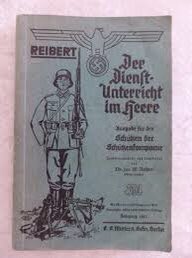*The German Zeltbahn of WW2*
Following on from yesterday’s thread and the use of a zeltbahn during the casualty treatment & evacuation.
I thought I’d do a deeper dive into what I consider a superb piece of WW2 German personal kit.
1)
Following on from yesterday’s thread and the use of a zeltbahn during the casualty treatment & evacuation.
I thought I’d do a deeper dive into what I consider a superb piece of WW2 German personal kit.
1)
The M31 Zeltbahn was the most utilitarian items of field equipment used by Germany prior to & during WW2.
Translating as ‘shelter quarter’ or ‘groundsheet’, it fulfilled a variety of pragmatic functions for the Wehrmacht & WSS due to its effective design & camouflage.
2)
Translating as ‘shelter quarter’ or ‘groundsheet’, it fulfilled a variety of pragmatic functions for the Wehrmacht & WSS due to its effective design & camouflage.
2)
The triangular ‘Makostoff’ (waterproof material) for the Heer, was reversible camouflaged in Heeres Splitter Muster 31 or Splittertarn.
The 3 pics show summer side (Dunklerer Buntfarbenaufdruck), spring/autumn side (Hellerer Buntfarbenaufdruck) & comparison.
3)
The 3 pics show summer side (Dunklerer Buntfarbenaufdruck), spring/autumn side (Hellerer Buntfarbenaufdruck) & comparison.
3)
At a personal level, a Landser was issued with one Zeltbahn, one wooden pole, two aluminium/steel/bakelite pegs & rope. All contained in a carrying case.
Practicality in the field often saw change, with additional items being procured & retained within a rolled Zeltbahn.
4)
Practicality in the field often saw change, with additional items being procured & retained within a rolled Zeltbahn.
4)
4 men with equipment made one tent.
4 Zeltbahn, 4 wooden poles, 8 pegs & ropes.
Correctly overlapped/buttoning/roping together it should be taut, enabling an ‘apron’ to prevent water gathering at the bottom.
A Stahlhelm was often used to prevent water seepage.
5)
4 Zeltbahn, 4 wooden poles, 8 pegs & ropes.
Correctly overlapped/buttoning/roping together it should be taut, enabling an ‘apron’ to prevent water gathering at the bottom.
A Stahlhelm was often used to prevent water seepage.
5)
As an aside, most German re-enactors don’t understand/do not follow the correct method for erecting Zeltbahnen.
Look at this dreadful, ineffective, unsoldierly example.
As a former Gruppenführer, this would have been kicked down & sleeping under the stars the punishment.
6)
Look at this dreadful, ineffective, unsoldierly example.
As a former Gruppenführer, this would have been kicked down & sleeping under the stars the punishment.
6)
Pic 1 - note ‘neck’ slit is open to allow ventilation
Pic 2 - note straw for insulation
Pic 3 - note field made single wood pole, replacing issued ones that were liable to break.
Pic 4 - creating a seal to insulate from wind. Drainage ditches were also not uncommon.
7)
Pic 2 - note straw for insulation
Pic 3 - note field made single wood pole, replacing issued ones that were liable to break.
Pic 4 - creating a seal to insulate from wind. Drainage ditches were also not uncommon.
7)
The Zeltbahn had a correct folding/packing process to enable the Landser to carry it efficiently on his self.
8)
8)
Once folded correctly it would be secured via two utility straps to the waist belt, either side of the supporting Y-strap.
9)
9)
Or on the shoulder Y-straps or A-frame* as illustrated.
*Infantrymen were typically allocated the A-frame to re-distribute weight from the belt.
Motorised Infantry would not be typically issued an A-frame, as kit could be left with the transport.
10)
*Infantrymen were typically allocated the A-frame to re-distribute weight from the belt.
Motorised Infantry would not be typically issued an A-frame, as kit could be left with the transport.
10)
Zeltbahnen could be used to create a variety of weather protecting shelters.
Here are examples of an 8 man construction.
Is was not uncommon to see Dressing Stations or HQs made entirely from them.
11)
Here are examples of an 8 man construction.
Is was not uncommon to see Dressing Stations or HQs made entirely from them.
11)
Moving back to personal use, the zeltbahn was used as both a very effective rain cape & ready made camouflage uniform item.
12)
12)
Pic 1 - use as groundsheet to keep equipment clean.
Pic 2 - Note use as groundsheet to enable ammunition to be kept free of dirt/dust.
Pic 3 - Note use as camouflaging spoil from these men’s position.
13)
Pic 2 - Note use as groundsheet to enable ammunition to be kept free of dirt/dust.
Pic 3 - Note use as camouflaging spoil from these men’s position.
13)
Pic 1 - Note camouflaging of 20mm Flakvierling AA gun with two zeltbahn.
Pics 2&3 - Note use as makeshift stretcher for casualties by Krankenträger as per yesterday’s thread.
14)
Pics 2&3 - Note use as makeshift stretcher for casualties by Krankenträger as per yesterday’s thread.
14)
Here are pics from @LibTourKarl @History1History showing zeltbahn used as material for a tailor-made camouflage tunic & a field-made smock.
This extended to field caps & helmet covers, too.
15)
This extended to field caps & helmet covers, too.
15)
Finally some random pics.
Pic 1 - Where’s the zeltbahn? https://abs.twimg.com/emoji/v2/... draggable="false" alt="🤷🏼♂️" title="Achselzuckender Mann (mittelheller Hautton)" aria-label="Emoji: Achselzuckender Mann (mittelheller Hautton)">
https://abs.twimg.com/emoji/v2/... draggable="false" alt="🤷🏼♂️" title="Achselzuckender Mann (mittelheller Hautton)" aria-label="Emoji: Achselzuckender Mann (mittelheller Hautton)">
Pic 2 - makeshift cover for Schützenloche.
Pic 3 - In training....
Pic 4 - A roomy 8 man. What’s odd though? https://abs.twimg.com/emoji/v2/... draggable="false" alt="🤷🏼♂️" title="Achselzuckender Mann (mittelheller Hautton)" aria-label="Emoji: Achselzuckender Mann (mittelheller Hautton)">
https://abs.twimg.com/emoji/v2/... draggable="false" alt="🤷🏼♂️" title="Achselzuckender Mann (mittelheller Hautton)" aria-label="Emoji: Achselzuckender Mann (mittelheller Hautton)">
16)
Pic 1 - Where’s the zeltbahn?
Pic 2 - makeshift cover for Schützenloche.
Pic 3 - In training....
Pic 4 - A roomy 8 man. What’s odd though?
16)
The source for some of these illustrative pics is the excellent http://MP44.nl"> http://MP44.nl
The owner of the site is a high quality collector of WW2 German equipment. Recommended viewing.
And also the.....
17/End)
The owner of the site is a high quality collector of WW2 German equipment. Recommended viewing.
And also the.....
17/End)

 Read on Twitter
Read on Twitter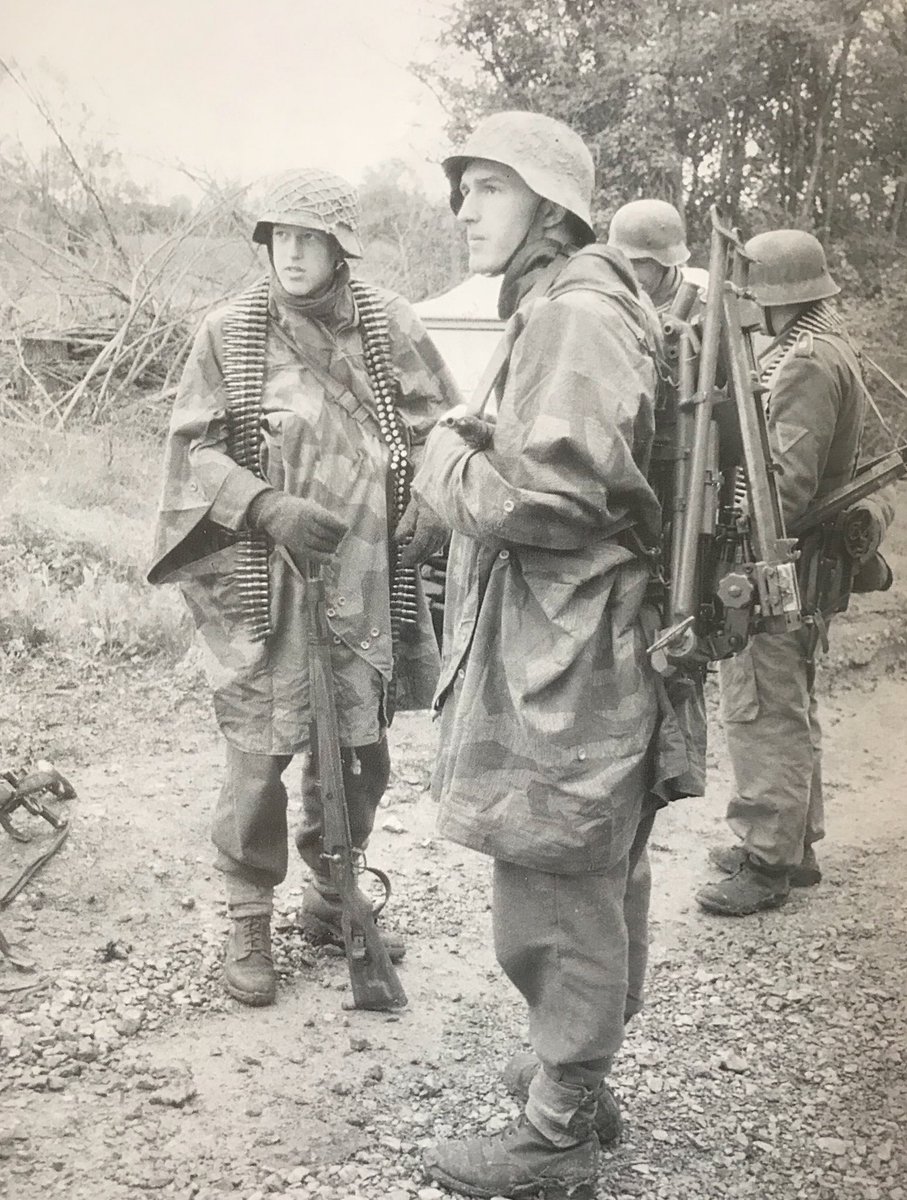
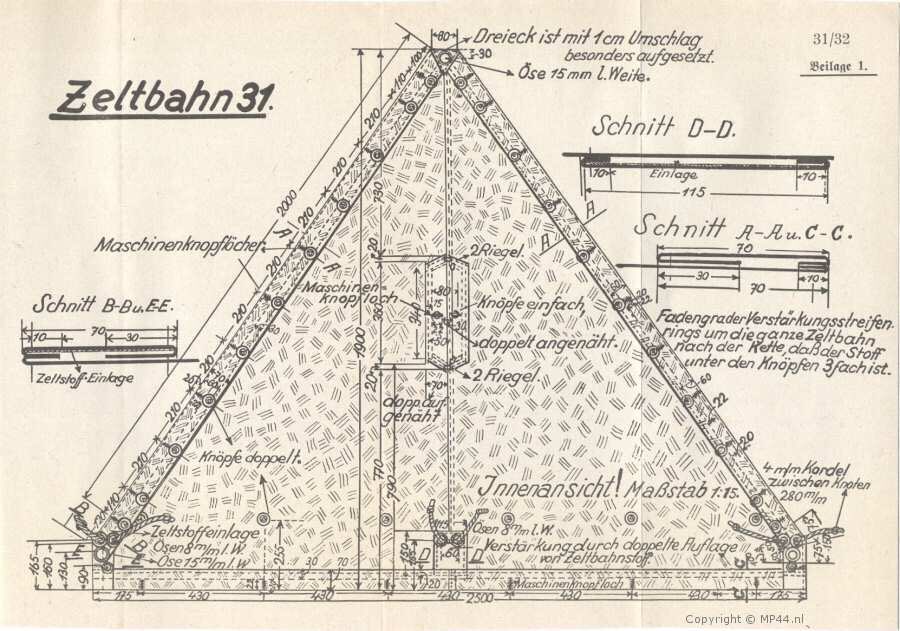
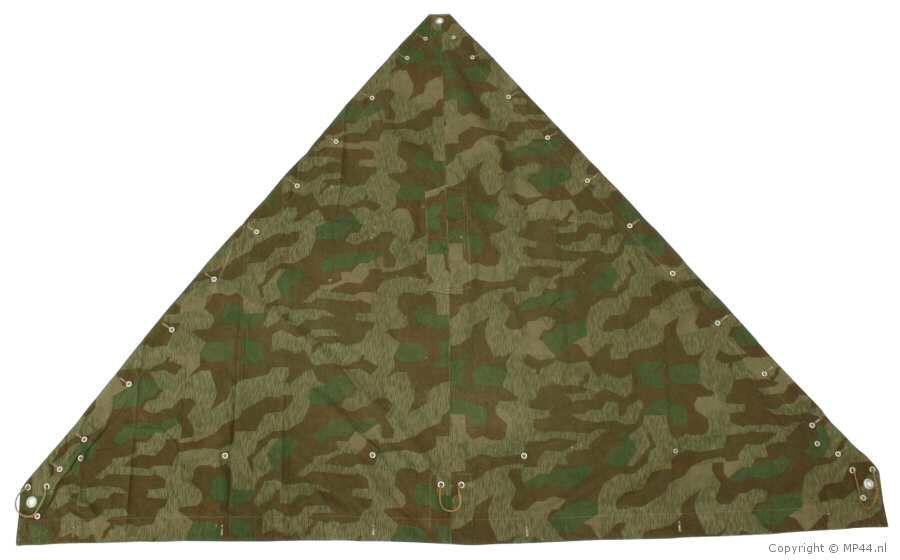
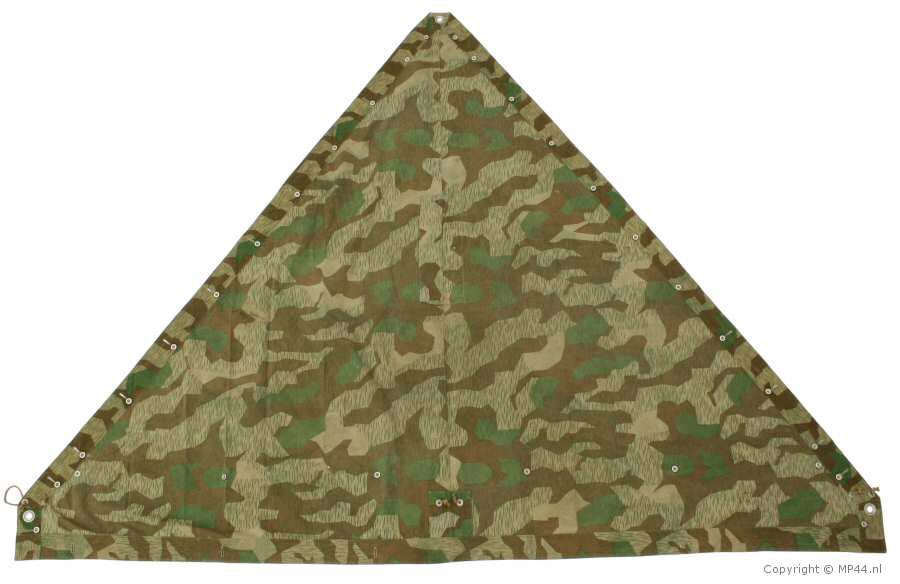
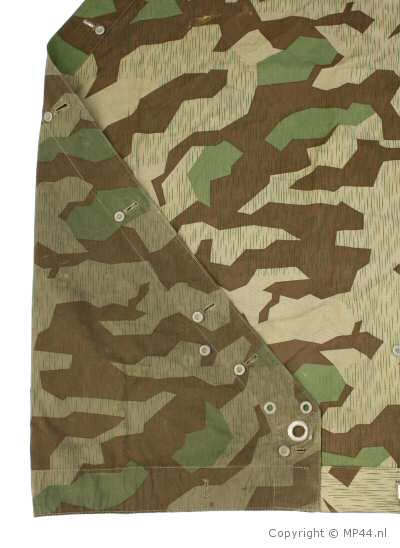
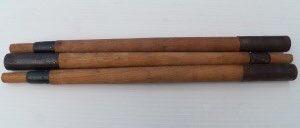
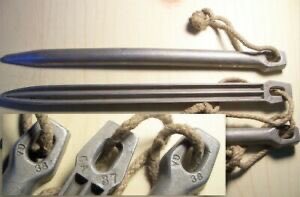
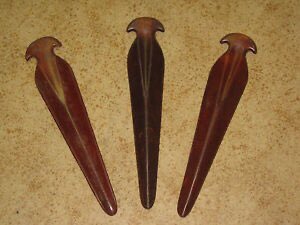
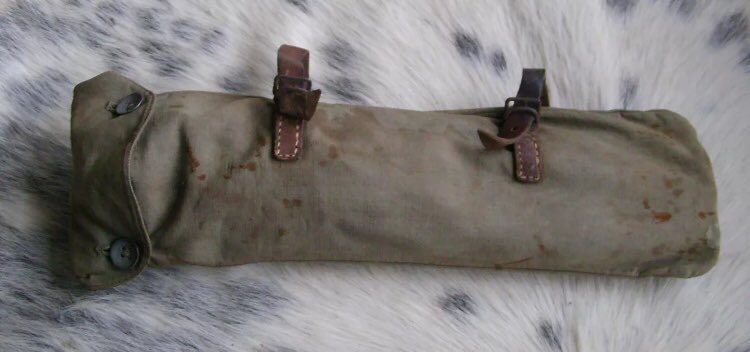
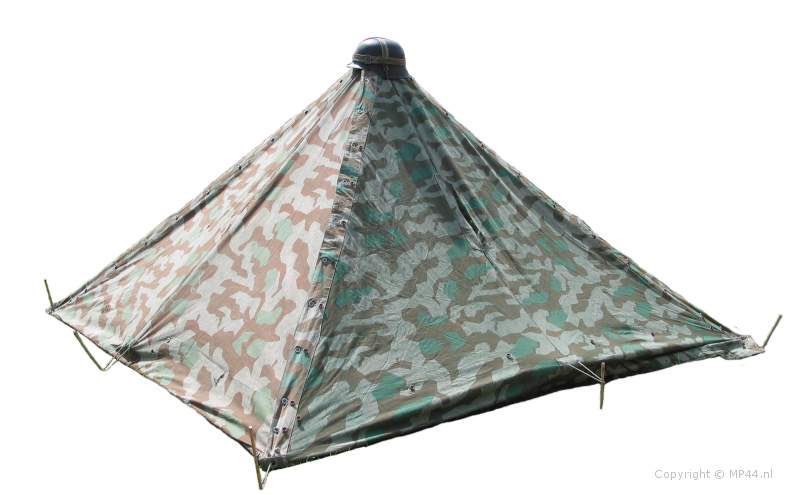
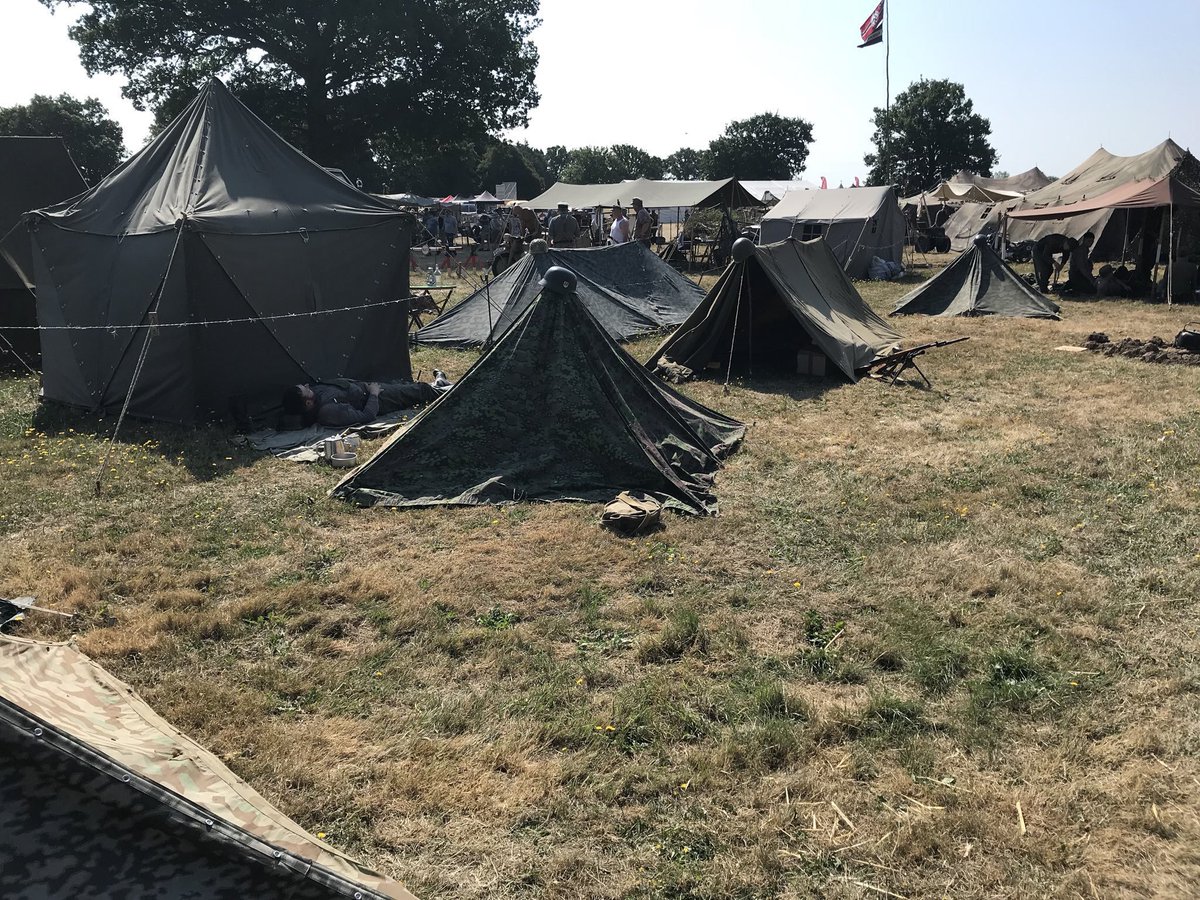
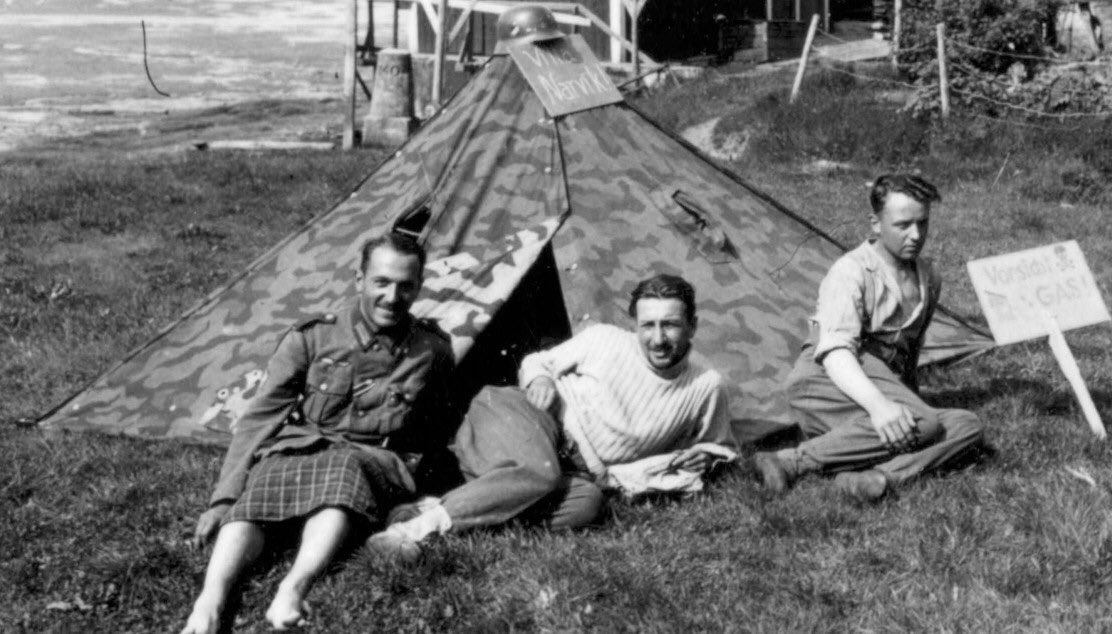
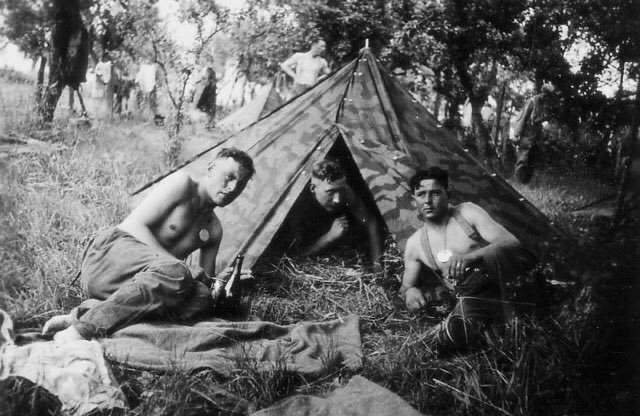
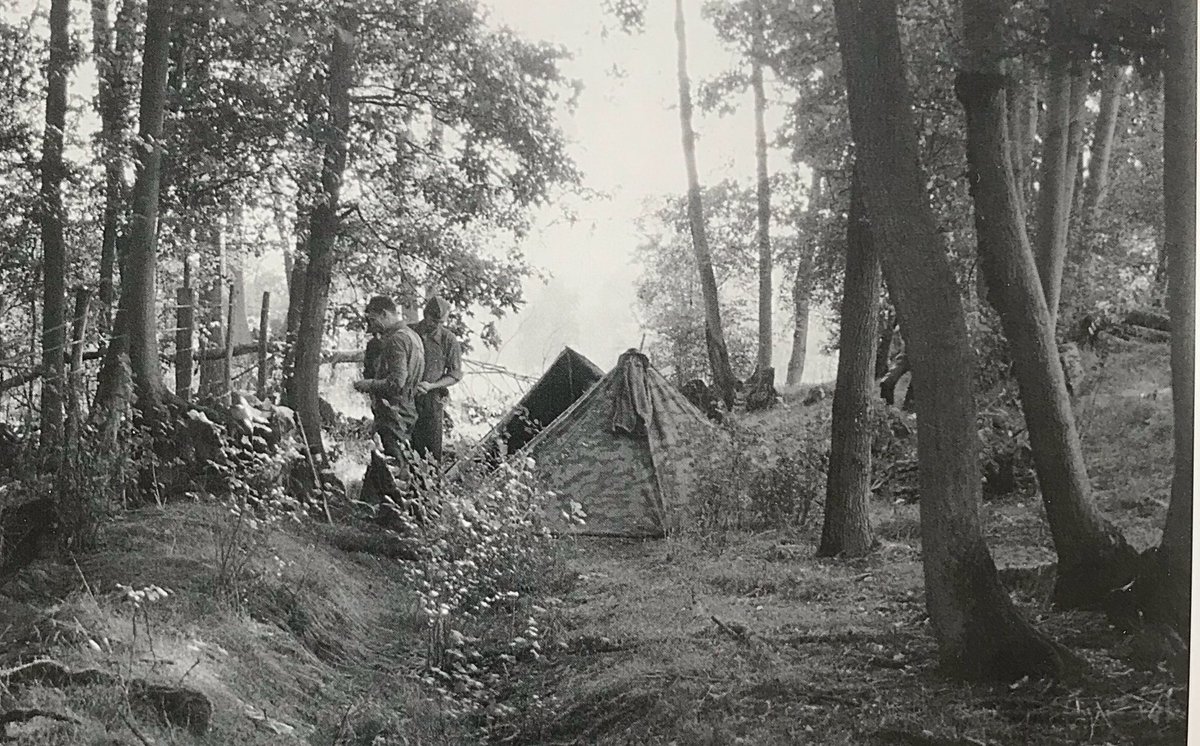
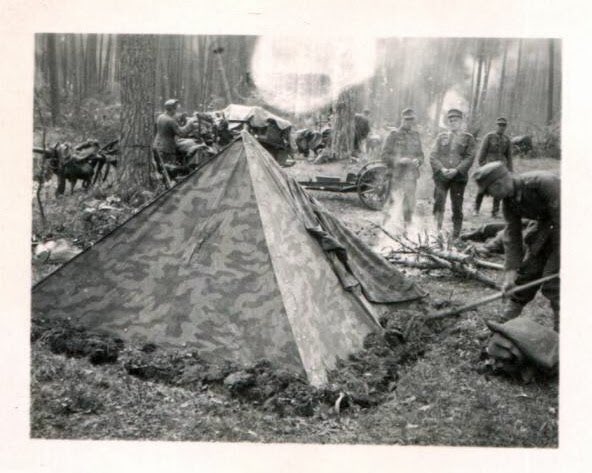
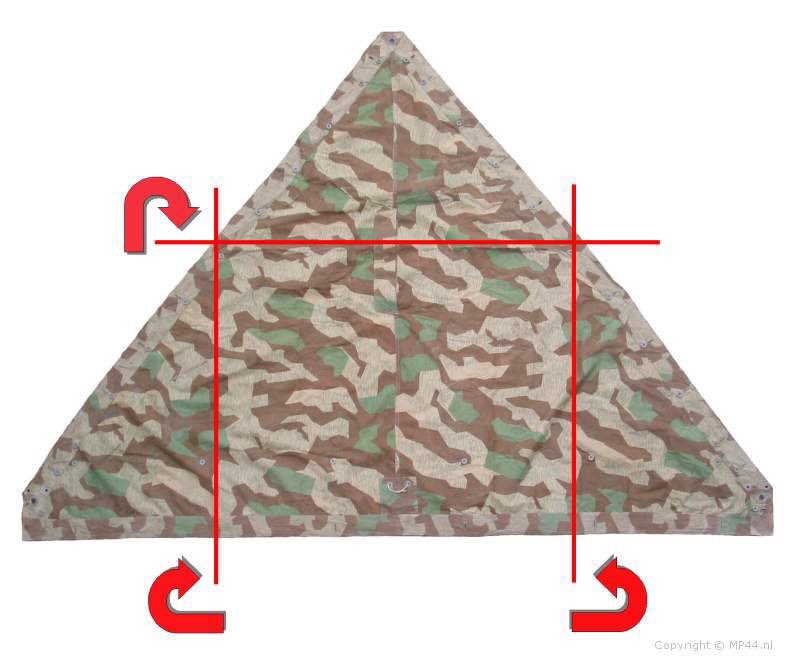
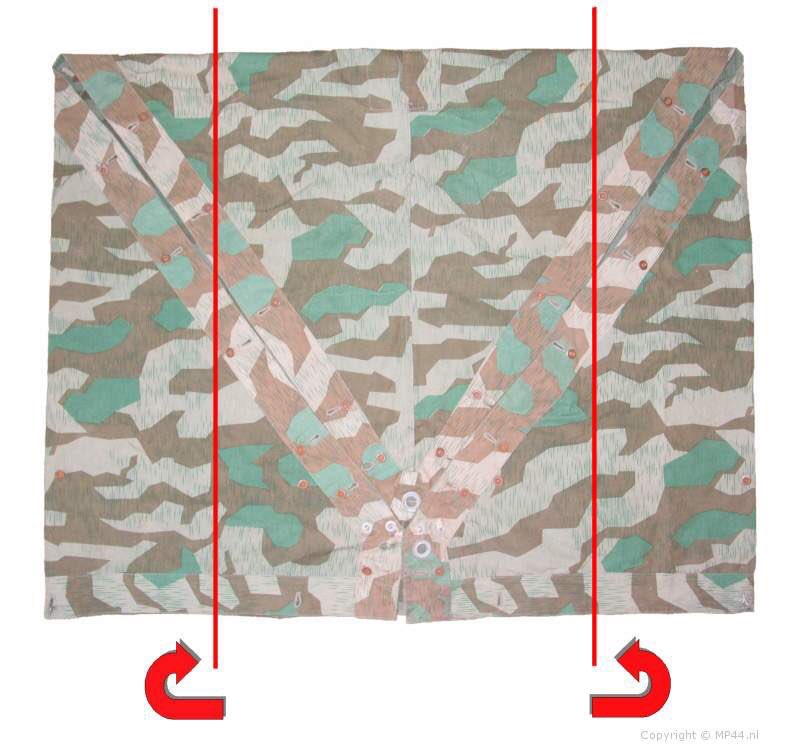
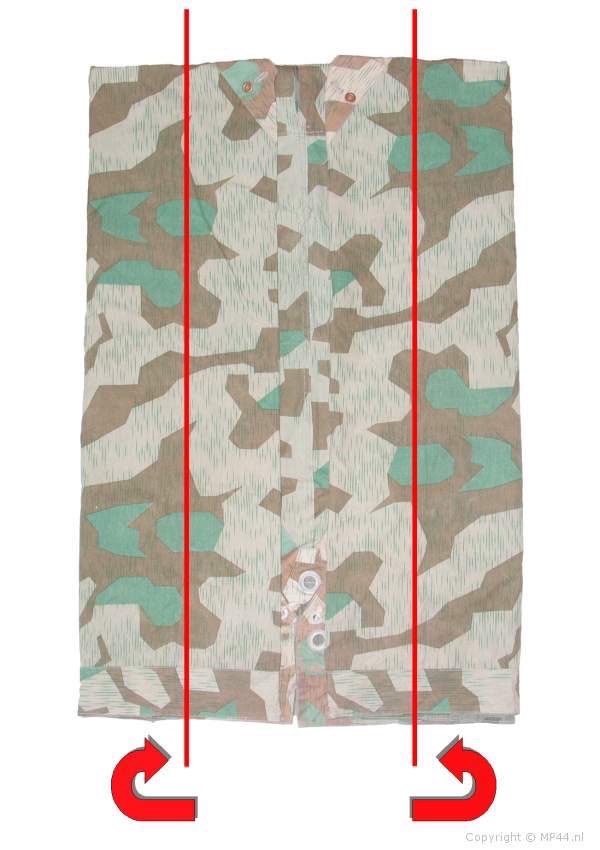
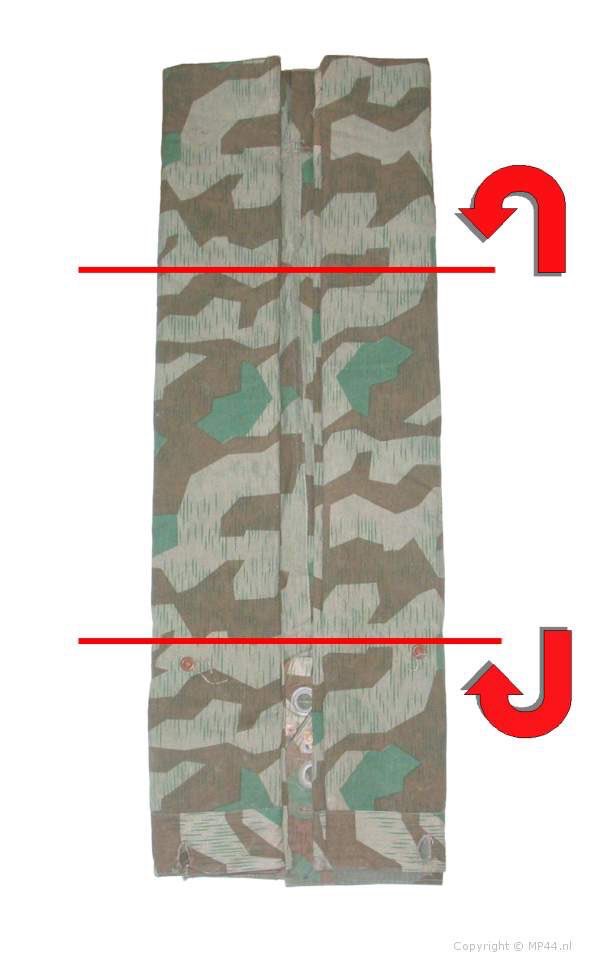
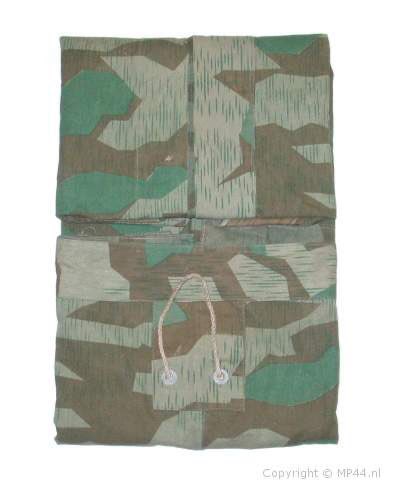
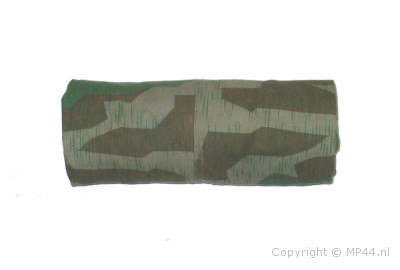
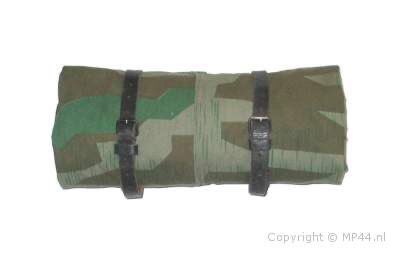
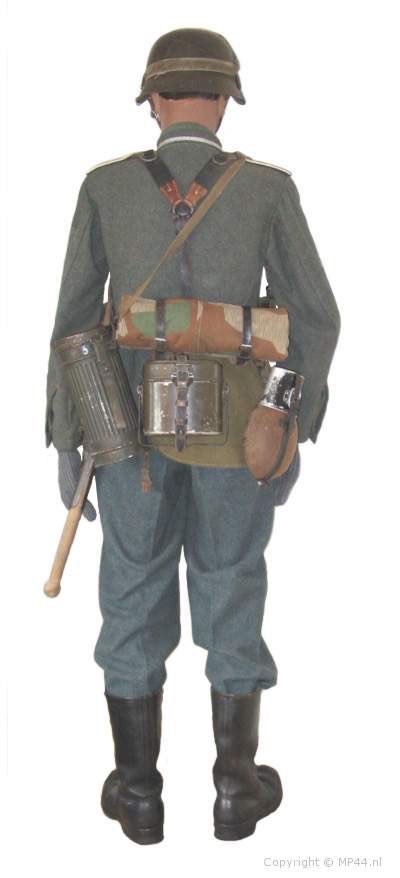
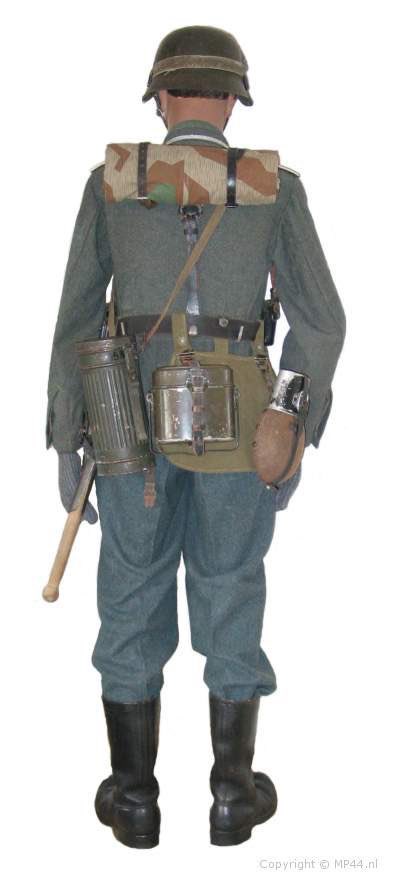
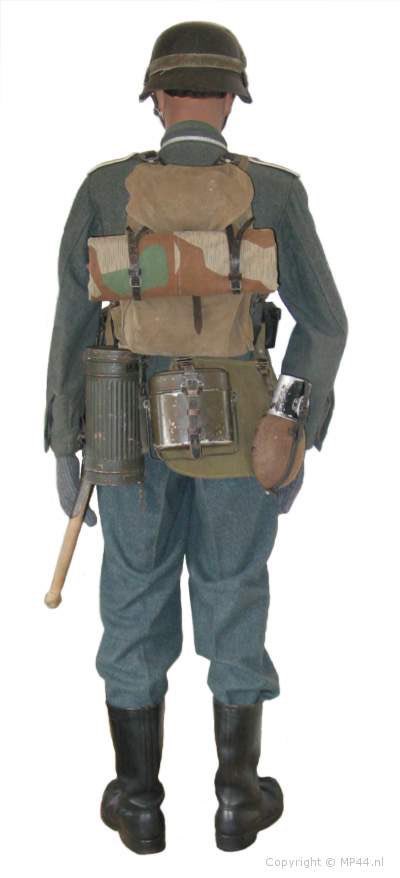
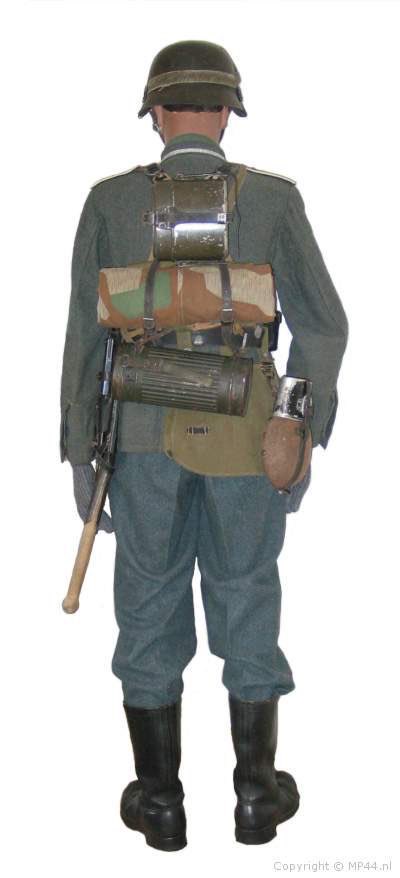
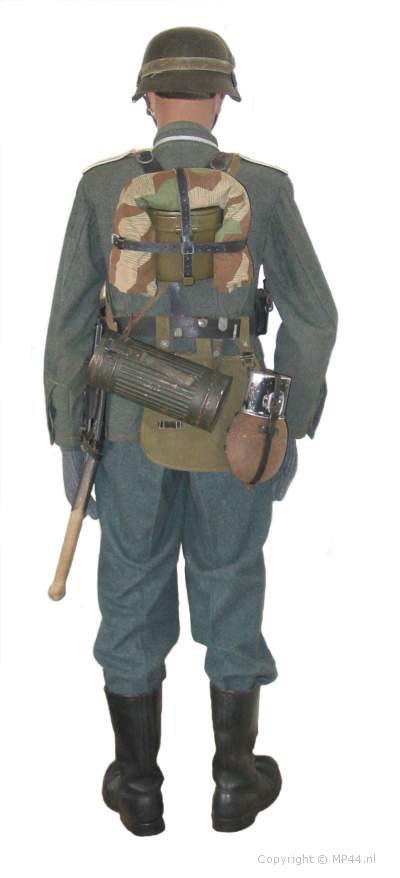
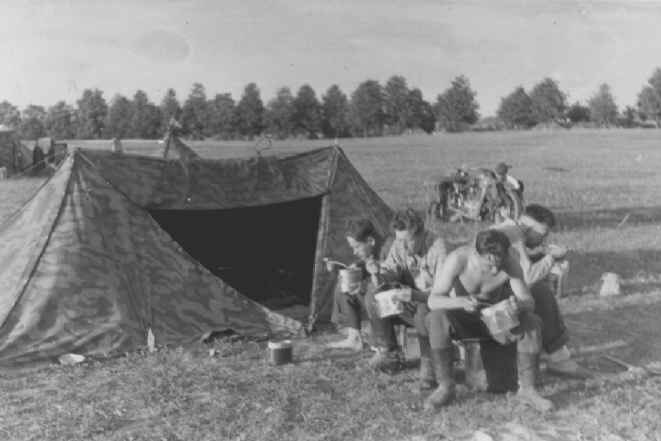
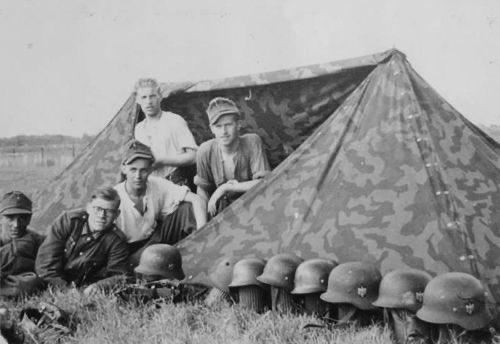
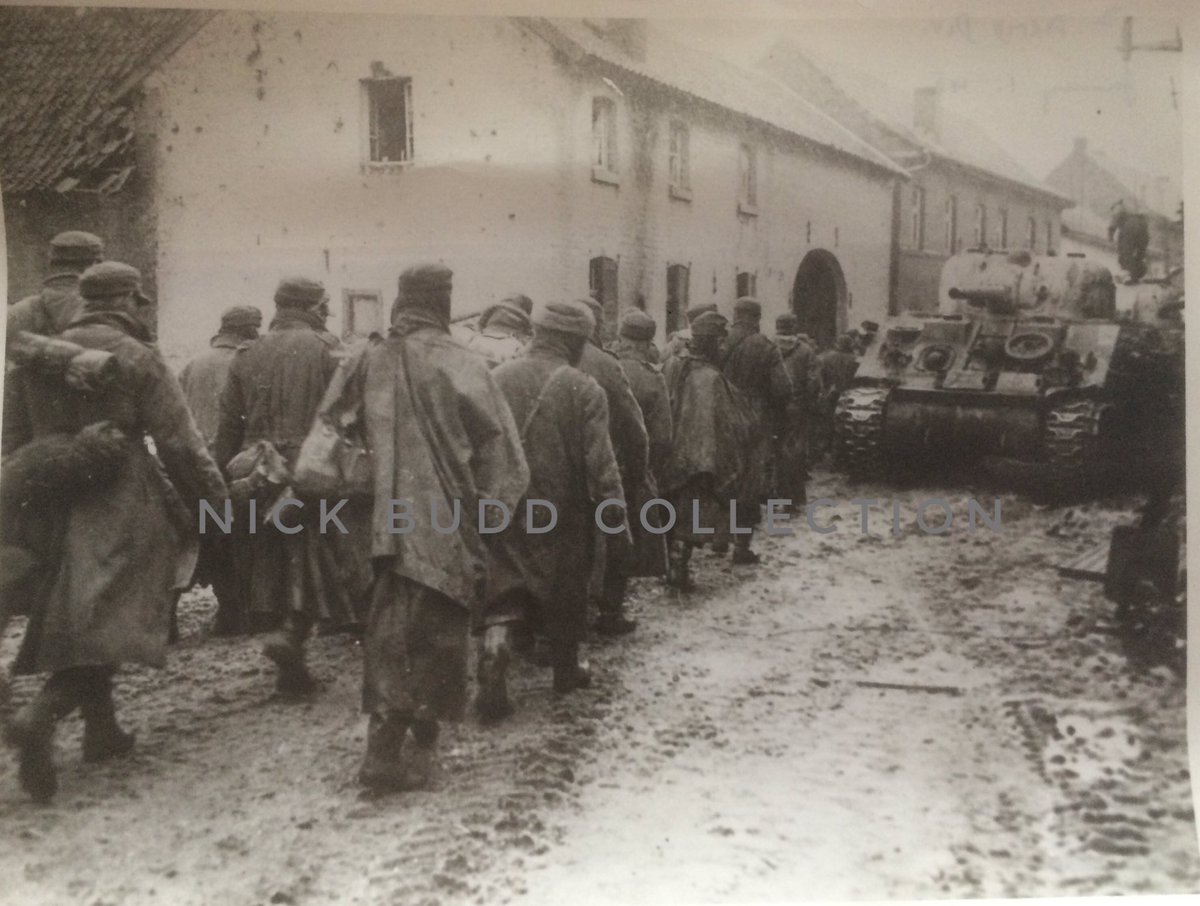
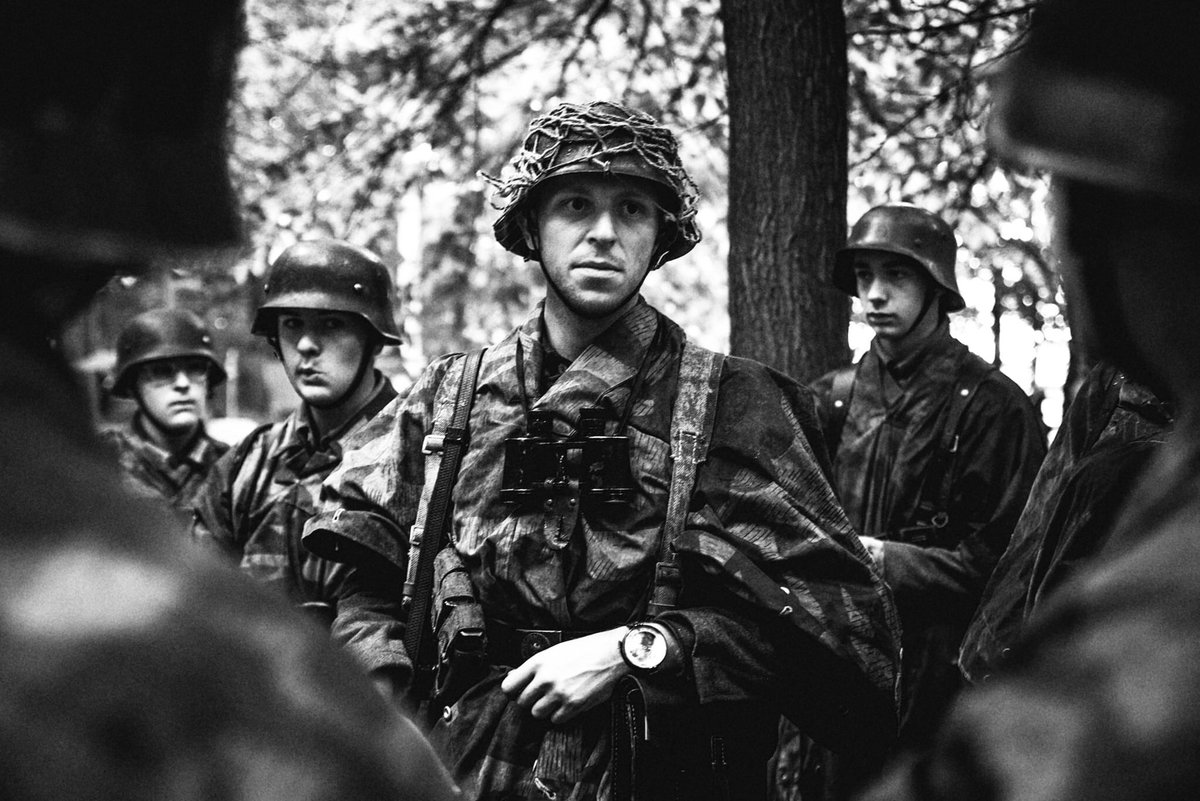
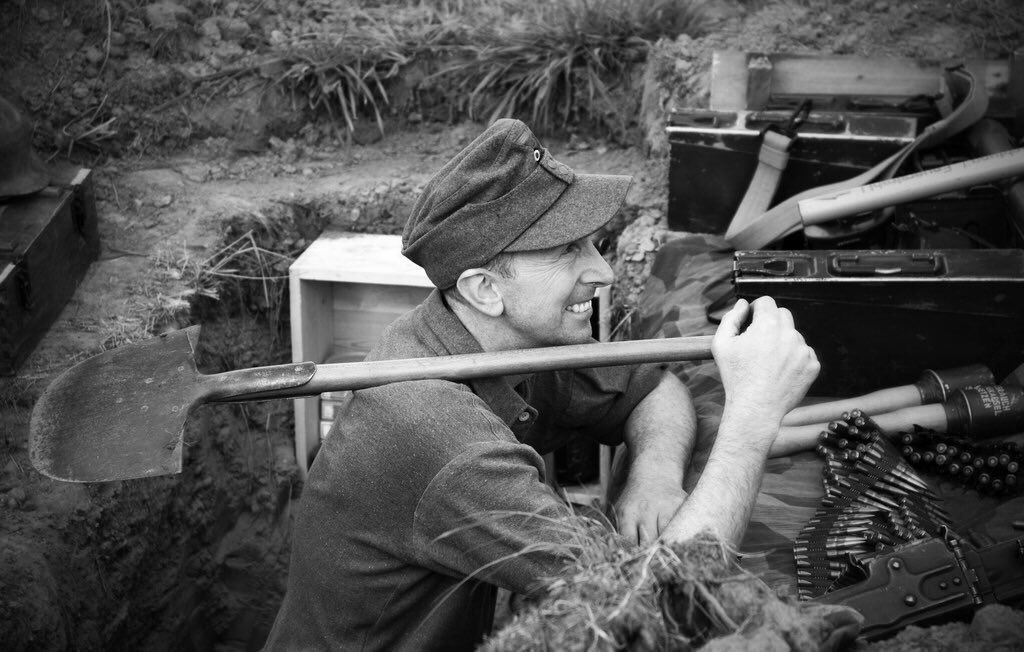
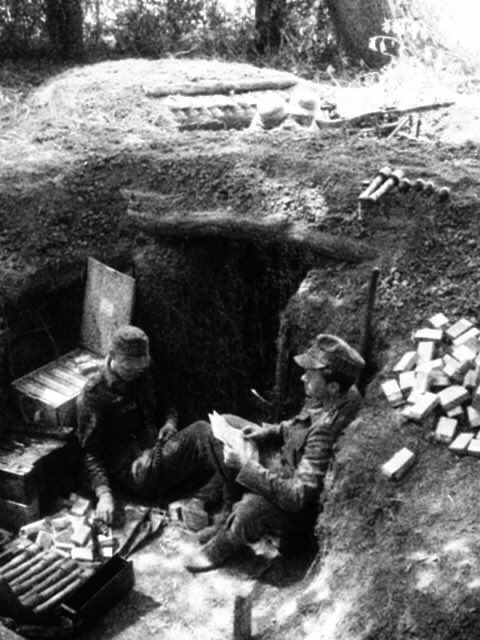
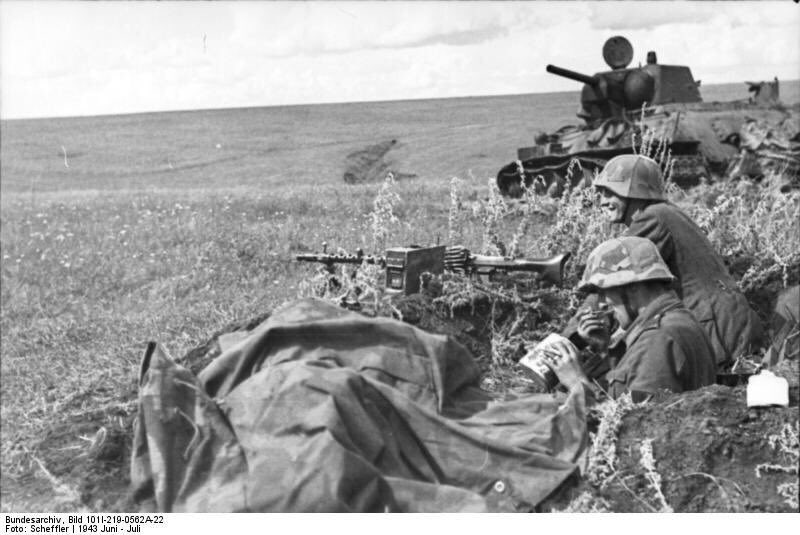
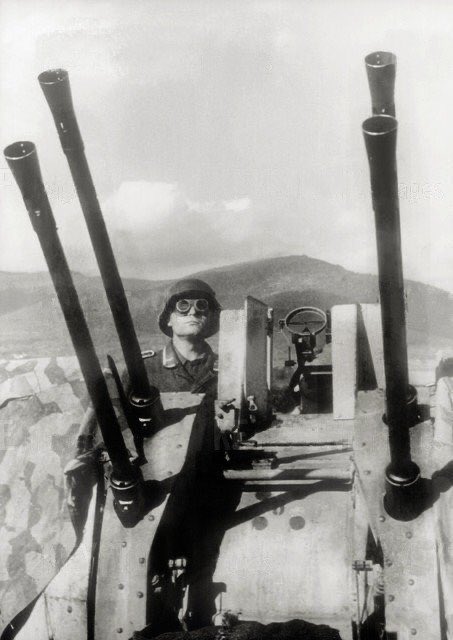
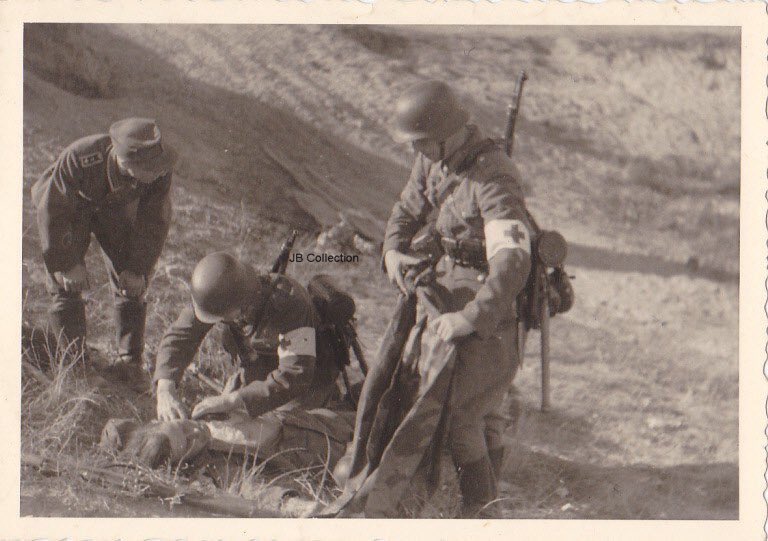
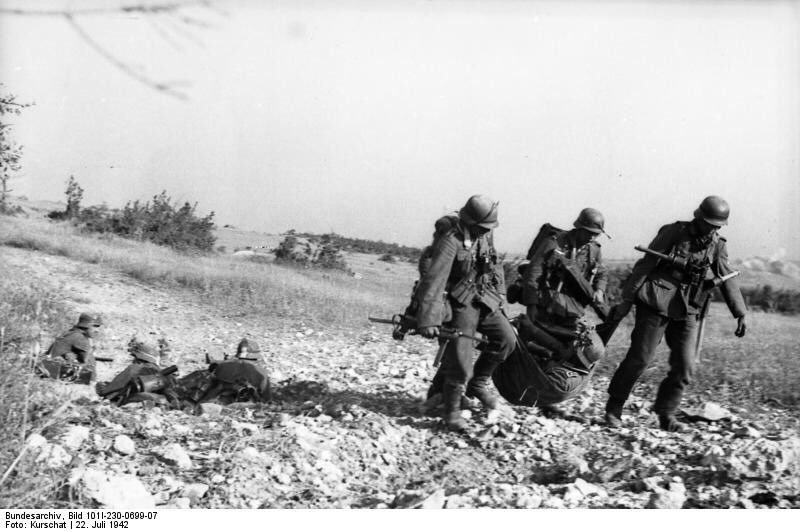
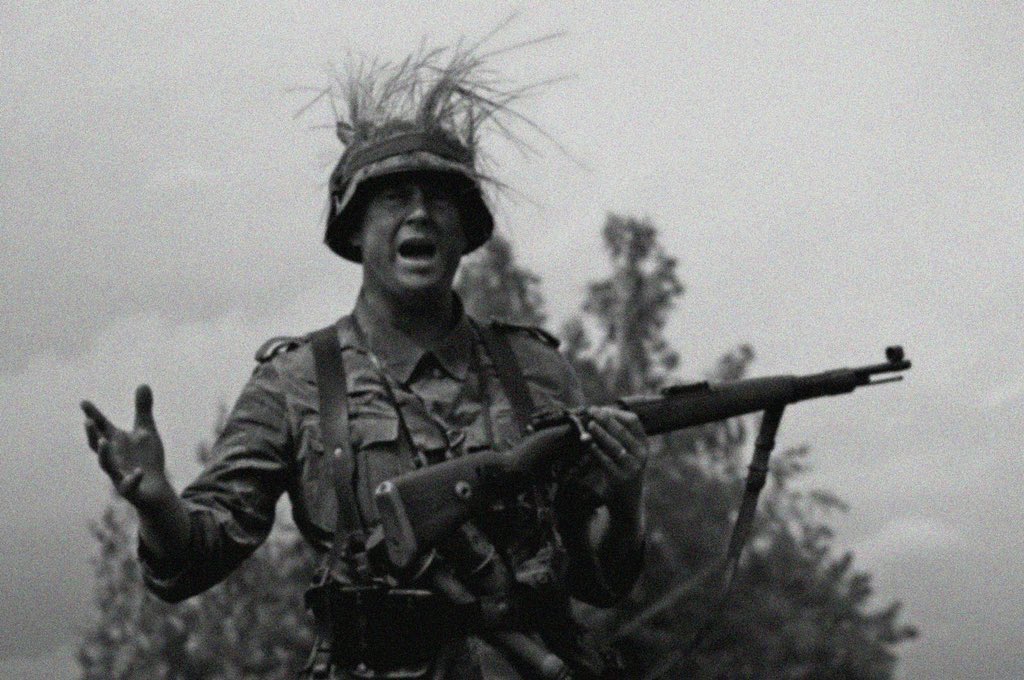
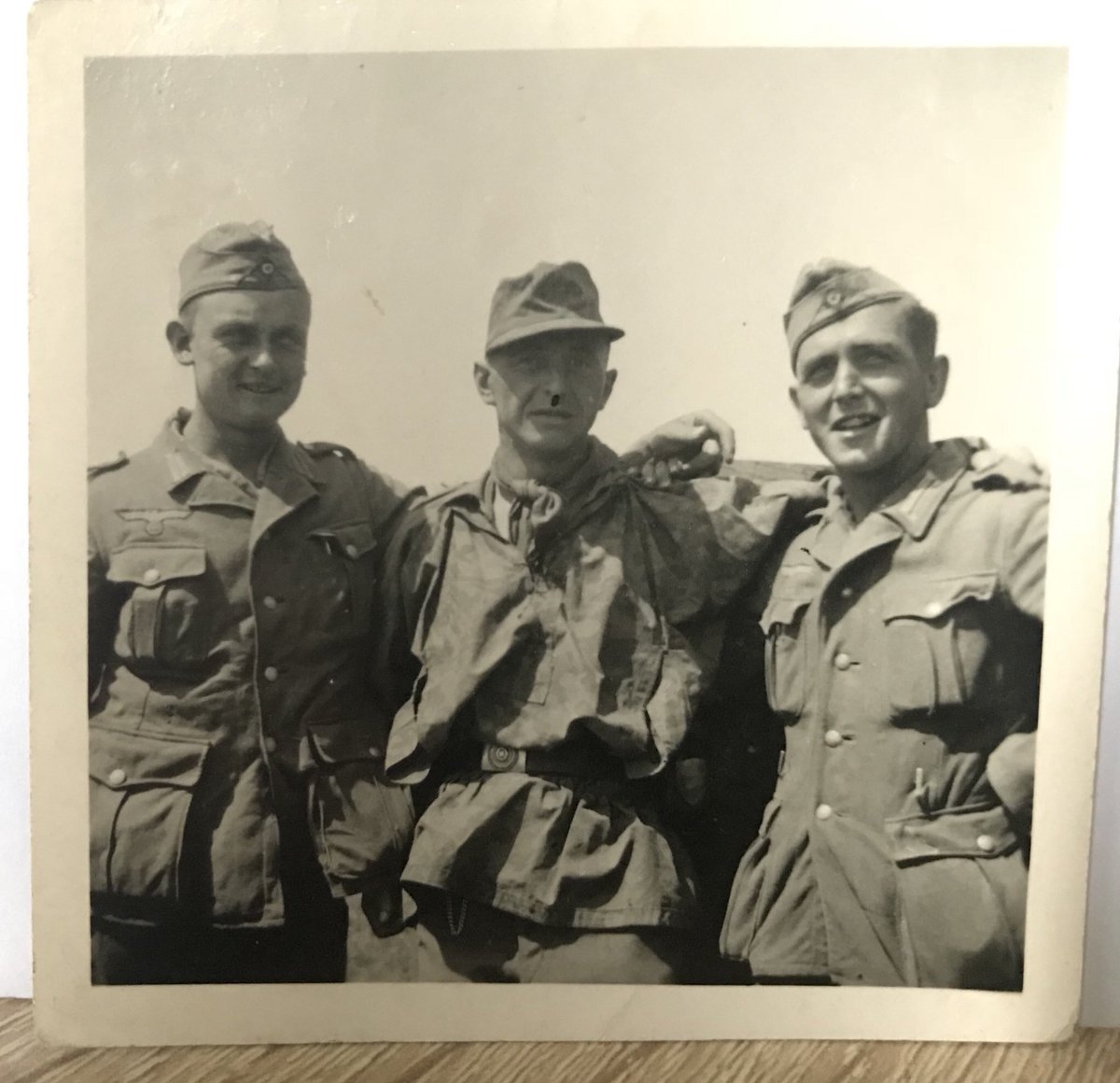
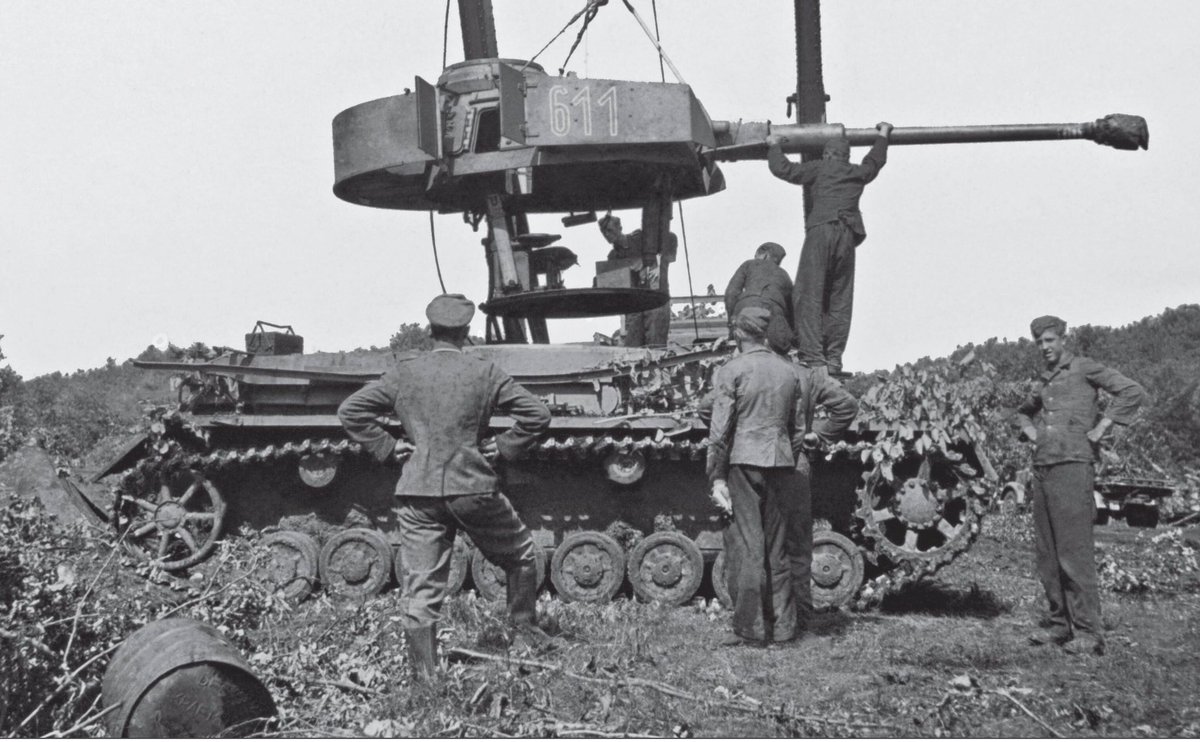 Pic 2 - makeshift cover for Schützenloche.Pic 3 - In training....Pic 4 - A roomy 8 man. What’s odd though? https://abs.twimg.com/emoji/v2/... draggable="false" alt="🤷🏼♂️" title="Achselzuckender Mann (mittelheller Hautton)" aria-label="Emoji: Achselzuckender Mann (mittelheller Hautton)">16)" title="Finally some random pics. Pic 1 - Where’s the zeltbahn? https://abs.twimg.com/emoji/v2/... draggable="false" alt="🤷🏼♂️" title="Achselzuckender Mann (mittelheller Hautton)" aria-label="Emoji: Achselzuckender Mann (mittelheller Hautton)">Pic 2 - makeshift cover for Schützenloche.Pic 3 - In training....Pic 4 - A roomy 8 man. What’s odd though? https://abs.twimg.com/emoji/v2/... draggable="false" alt="🤷🏼♂️" title="Achselzuckender Mann (mittelheller Hautton)" aria-label="Emoji: Achselzuckender Mann (mittelheller Hautton)">16)">
Pic 2 - makeshift cover for Schützenloche.Pic 3 - In training....Pic 4 - A roomy 8 man. What’s odd though? https://abs.twimg.com/emoji/v2/... draggable="false" alt="🤷🏼♂️" title="Achselzuckender Mann (mittelheller Hautton)" aria-label="Emoji: Achselzuckender Mann (mittelheller Hautton)">16)" title="Finally some random pics. Pic 1 - Where’s the zeltbahn? https://abs.twimg.com/emoji/v2/... draggable="false" alt="🤷🏼♂️" title="Achselzuckender Mann (mittelheller Hautton)" aria-label="Emoji: Achselzuckender Mann (mittelheller Hautton)">Pic 2 - makeshift cover for Schützenloche.Pic 3 - In training....Pic 4 - A roomy 8 man. What’s odd though? https://abs.twimg.com/emoji/v2/... draggable="false" alt="🤷🏼♂️" title="Achselzuckender Mann (mittelheller Hautton)" aria-label="Emoji: Achselzuckender Mann (mittelheller Hautton)">16)">
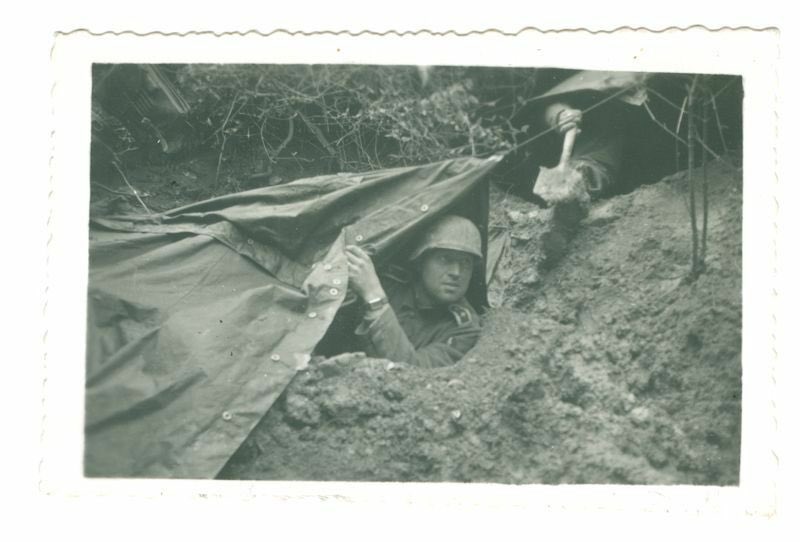 Pic 2 - makeshift cover for Schützenloche.Pic 3 - In training....Pic 4 - A roomy 8 man. What’s odd though? https://abs.twimg.com/emoji/v2/... draggable="false" alt="🤷🏼♂️" title="Achselzuckender Mann (mittelheller Hautton)" aria-label="Emoji: Achselzuckender Mann (mittelheller Hautton)">16)" title="Finally some random pics. Pic 1 - Where’s the zeltbahn? https://abs.twimg.com/emoji/v2/... draggable="false" alt="🤷🏼♂️" title="Achselzuckender Mann (mittelheller Hautton)" aria-label="Emoji: Achselzuckender Mann (mittelheller Hautton)">Pic 2 - makeshift cover for Schützenloche.Pic 3 - In training....Pic 4 - A roomy 8 man. What’s odd though? https://abs.twimg.com/emoji/v2/... draggable="false" alt="🤷🏼♂️" title="Achselzuckender Mann (mittelheller Hautton)" aria-label="Emoji: Achselzuckender Mann (mittelheller Hautton)">16)">
Pic 2 - makeshift cover for Schützenloche.Pic 3 - In training....Pic 4 - A roomy 8 man. What’s odd though? https://abs.twimg.com/emoji/v2/... draggable="false" alt="🤷🏼♂️" title="Achselzuckender Mann (mittelheller Hautton)" aria-label="Emoji: Achselzuckender Mann (mittelheller Hautton)">16)" title="Finally some random pics. Pic 1 - Where’s the zeltbahn? https://abs.twimg.com/emoji/v2/... draggable="false" alt="🤷🏼♂️" title="Achselzuckender Mann (mittelheller Hautton)" aria-label="Emoji: Achselzuckender Mann (mittelheller Hautton)">Pic 2 - makeshift cover for Schützenloche.Pic 3 - In training....Pic 4 - A roomy 8 man. What’s odd though? https://abs.twimg.com/emoji/v2/... draggable="false" alt="🤷🏼♂️" title="Achselzuckender Mann (mittelheller Hautton)" aria-label="Emoji: Achselzuckender Mann (mittelheller Hautton)">16)">
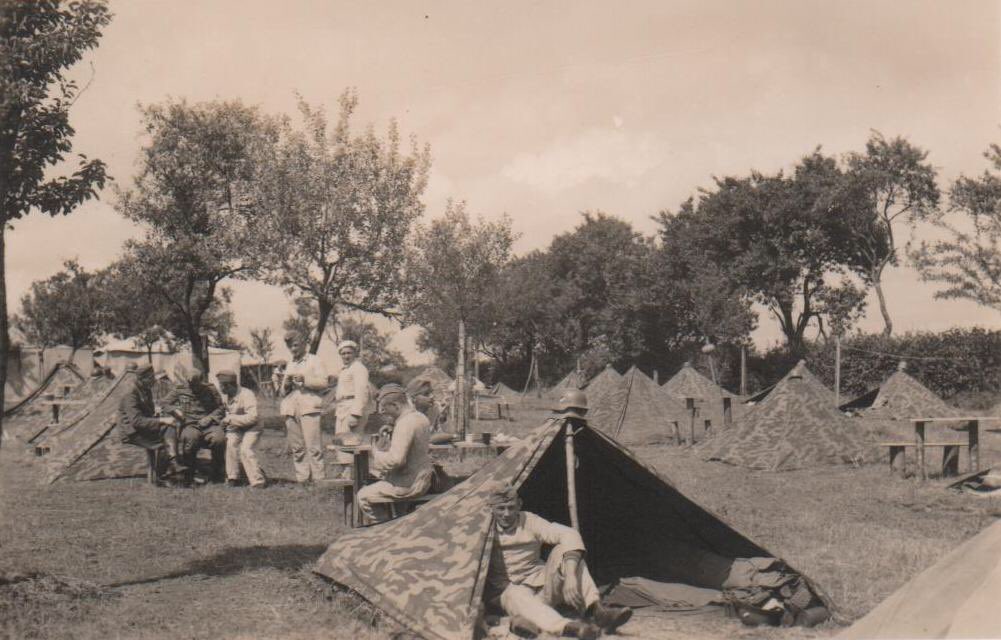 Pic 2 - makeshift cover for Schützenloche.Pic 3 - In training....Pic 4 - A roomy 8 man. What’s odd though? https://abs.twimg.com/emoji/v2/... draggable="false" alt="🤷🏼♂️" title="Achselzuckender Mann (mittelheller Hautton)" aria-label="Emoji: Achselzuckender Mann (mittelheller Hautton)">16)" title="Finally some random pics. Pic 1 - Where’s the zeltbahn? https://abs.twimg.com/emoji/v2/... draggable="false" alt="🤷🏼♂️" title="Achselzuckender Mann (mittelheller Hautton)" aria-label="Emoji: Achselzuckender Mann (mittelheller Hautton)">Pic 2 - makeshift cover for Schützenloche.Pic 3 - In training....Pic 4 - A roomy 8 man. What’s odd though? https://abs.twimg.com/emoji/v2/... draggable="false" alt="🤷🏼♂️" title="Achselzuckender Mann (mittelheller Hautton)" aria-label="Emoji: Achselzuckender Mann (mittelheller Hautton)">16)">
Pic 2 - makeshift cover for Schützenloche.Pic 3 - In training....Pic 4 - A roomy 8 man. What’s odd though? https://abs.twimg.com/emoji/v2/... draggable="false" alt="🤷🏼♂️" title="Achselzuckender Mann (mittelheller Hautton)" aria-label="Emoji: Achselzuckender Mann (mittelheller Hautton)">16)" title="Finally some random pics. Pic 1 - Where’s the zeltbahn? https://abs.twimg.com/emoji/v2/... draggable="false" alt="🤷🏼♂️" title="Achselzuckender Mann (mittelheller Hautton)" aria-label="Emoji: Achselzuckender Mann (mittelheller Hautton)">Pic 2 - makeshift cover for Schützenloche.Pic 3 - In training....Pic 4 - A roomy 8 man. What’s odd though? https://abs.twimg.com/emoji/v2/... draggable="false" alt="🤷🏼♂️" title="Achselzuckender Mann (mittelheller Hautton)" aria-label="Emoji: Achselzuckender Mann (mittelheller Hautton)">16)">
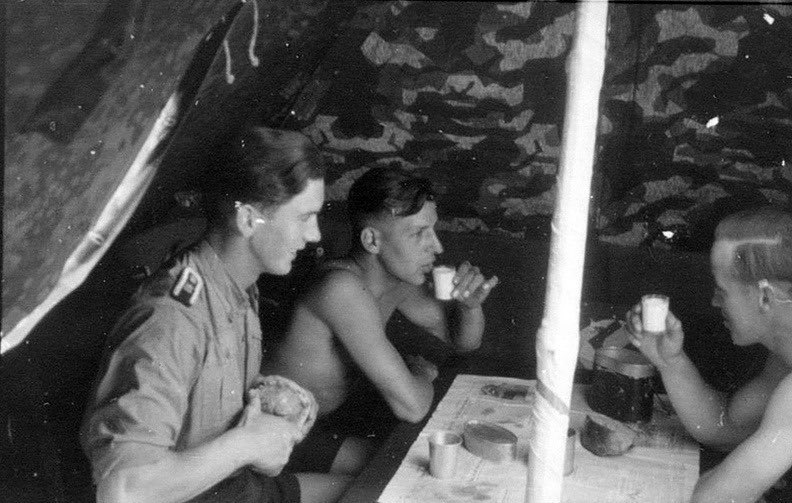 Pic 2 - makeshift cover for Schützenloche.Pic 3 - In training....Pic 4 - A roomy 8 man. What’s odd though? https://abs.twimg.com/emoji/v2/... draggable="false" alt="🤷🏼♂️" title="Achselzuckender Mann (mittelheller Hautton)" aria-label="Emoji: Achselzuckender Mann (mittelheller Hautton)">16)" title="Finally some random pics. Pic 1 - Where’s the zeltbahn? https://abs.twimg.com/emoji/v2/... draggable="false" alt="🤷🏼♂️" title="Achselzuckender Mann (mittelheller Hautton)" aria-label="Emoji: Achselzuckender Mann (mittelheller Hautton)">Pic 2 - makeshift cover for Schützenloche.Pic 3 - In training....Pic 4 - A roomy 8 man. What’s odd though? https://abs.twimg.com/emoji/v2/... draggable="false" alt="🤷🏼♂️" title="Achselzuckender Mann (mittelheller Hautton)" aria-label="Emoji: Achselzuckender Mann (mittelheller Hautton)">16)">
Pic 2 - makeshift cover for Schützenloche.Pic 3 - In training....Pic 4 - A roomy 8 man. What’s odd though? https://abs.twimg.com/emoji/v2/... draggable="false" alt="🤷🏼♂️" title="Achselzuckender Mann (mittelheller Hautton)" aria-label="Emoji: Achselzuckender Mann (mittelheller Hautton)">16)" title="Finally some random pics. Pic 1 - Where’s the zeltbahn? https://abs.twimg.com/emoji/v2/... draggable="false" alt="🤷🏼♂️" title="Achselzuckender Mann (mittelheller Hautton)" aria-label="Emoji: Achselzuckender Mann (mittelheller Hautton)">Pic 2 - makeshift cover for Schützenloche.Pic 3 - In training....Pic 4 - A roomy 8 man. What’s odd though? https://abs.twimg.com/emoji/v2/... draggable="false" alt="🤷🏼♂️" title="Achselzuckender Mann (mittelheller Hautton)" aria-label="Emoji: Achselzuckender Mann (mittelheller Hautton)">16)">
